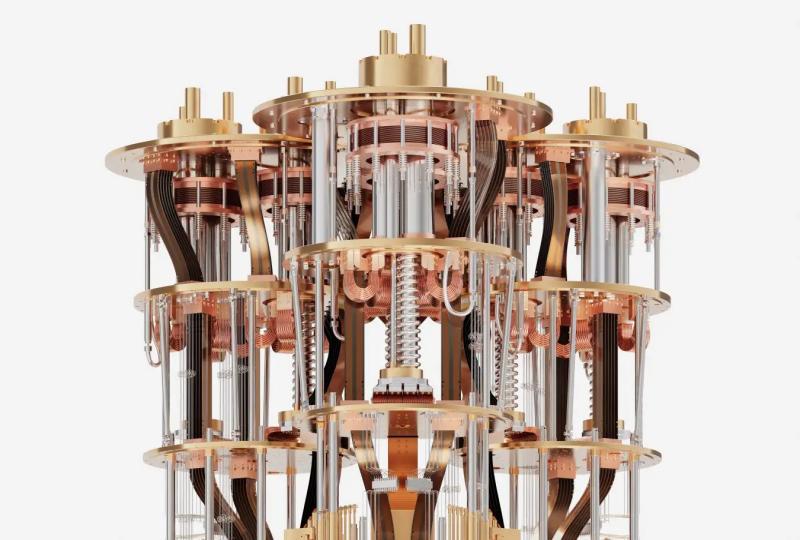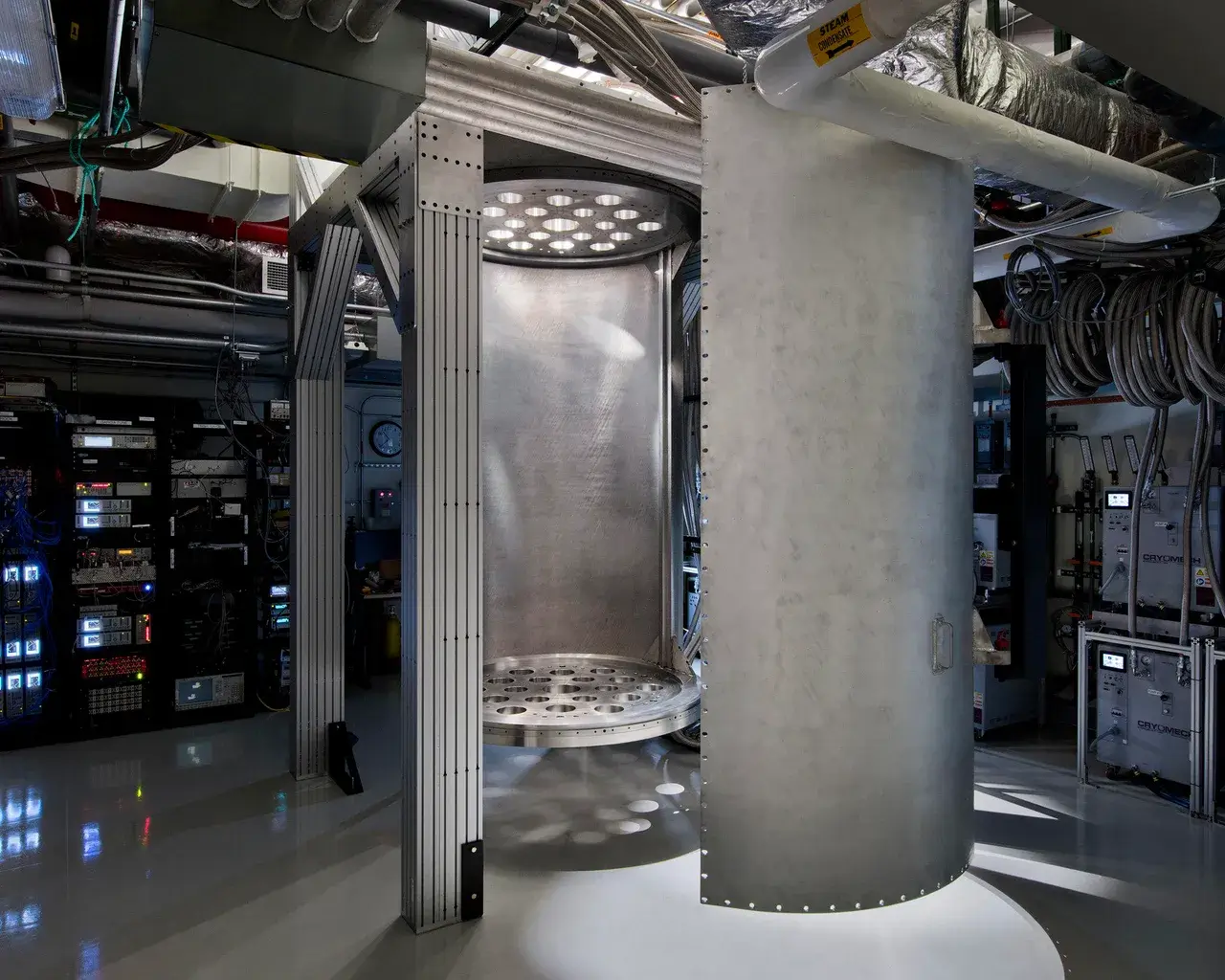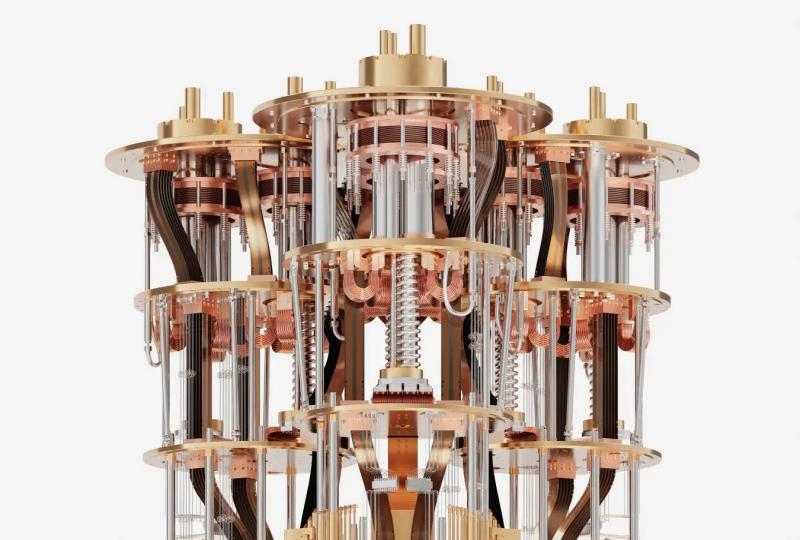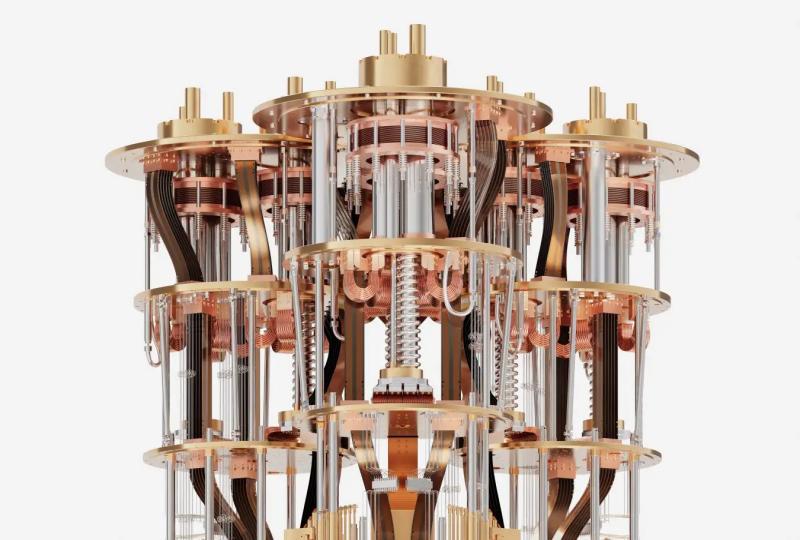Complete Guide to Quantum Processor Architecture [2025]
2025.05.20 · Blog quantum processor architecture
Introduction to Quantum Processor Architecture
Quantum processors are at the forefront of the next computing revolution. Unlike classical processors, which use binary bits (0s and 1s), quantum processors rely on quantum bits, or qubits, which can exist in multiple states simultaneously.
This unique property enables quantum computers to solve problems that are practically impossible for classical computers. Understanding the architecture of quantum processors is key to grasping how quantum computing operates and why it has the potential to change industries ranging from pharmaceuticals to finance and cybersecurity.
What Makes Quantum Processor Architecture Unique?
A quantum processor is not just a more powerful version of a classical processor. It operates fundamentally differently due to the principles of quantum mechanics. The architecture must accommodate:
-
Superposition: The ability of qubits to represent multiple states at once.
-
Entanglement: A phenomenon where qubits can be correlated, such that the state of one qubit directly influences another, even if they are far apart.
-
Quantum Interference: The principle that quantum states can interfere with each other, enabling faster computation through constructive or destructive interference patterns.
These properties allow quantum processors to outperform classical processors on specific types of complex tasks, such as solving optimization problems, simulating quantum systems, and breaking encryption algorithms.

Key Components of Quantum Processor Architecture
#1 Qubits
The basic unit of quantum information. Unlike classical bits, qubits can exist in a superposition of both 0 and 1 states simultaneously. There are several types of qubits, each with unique features:
-
Superconducting Qubits: These are the most common in modern quantum processors (used by Google, IBM, and SpinQ). They rely on superconducting materials and are manipulated by microwave pulses.
-
Trapped Ion Qubits: Ions are trapped in electromagnetic fields and manipulated with lasers. This architecture is known for its high fidelity and long coherence times, but it is challenging to scale.
-
Topological Qubits: A promising but still developing qubit type, proposed by Microsoft, which is less prone to errors due to their topological nature.
Also Read: Microsoft Majorana 1 Chip: The World's First Topological QPU
-
Photonic Qubits: These use photons to carry quantum information and are ideal for certain applications like quantum communication.
#2 Quantum Gates
These are the operations performed on qubits to change their state. Quantum gates are the building blocks of quantum circuits, much like classical logic gates in conventional computing. Examples include the Hadamard gate (which creates superposition) and the CNOT gate (which generates entanglement).
#3 Quantum Circuits
A sequence of quantum gates that manipulate qubits in a specific order to perform an algorithm or computation. Quantum circuits are central to executing quantum algorithms, which solve specific problems more efficiently than classical algorithms.
#4 Quantum Error Correction
Quantum systems are highly susceptible to errors due to factors like qubit decoherence (the loss of quantum state information). Quantum error correction codes are designed to detect and correct these errors. While these codes are necessary for practical quantum computing, they introduce complexity and overhead, making quantum processors more challenging to scale.
#5 Control Systems
These systems are essential for maintaining and manipulating quantum states. They typically involve extremely precise instruments like lasers, microwave pulses, and magnetic fields. The control system ensures that qubits behave as expected, enabling quantum algorithms to run correctly.

Types of Quantum Processor Architectures
Superconducting Qubits:
Superconducting qubits are the leading architecture used by many top quantum computing companies such as Google, IBM and SpinQ.
These qubits are created using circuits made of superconducting materials, which allow them to carry quantum information with minimal loss.
Superconducting quantum processors operate at extremely low temperatures (near absolute zero) to maintain qubit coherence. These processors have made significant strides in recent years, with companies pushing towards achieving quantum advantage.
Trapped Ion Qubits:
Trapped ion quantum processors use ions (charged atoms) that are held in place using electromagnetic fields. These ions are manipulated with lasers to perform quantum operations.
This technology is known for its high precision and long coherence times, which means that qubits retain their quantum states for longer periods. However, trapped ion systems face challenges in scaling up the number of qubits, making them difficult to implement for larger, more complex computations.
Topological Qubits:
Topological qubits are a more recent and theoretical form of qubit that, if realized, would be more stable than other types due to their topological nature.
This means they are less sensitive to environmental noise, which is a major source of errors in quantum computing. While promising, topological qubits are still in the experimental phase, with companies like Microsoft focusing on their development.
Photonic Qubits:
Photons, the fundamental particles of light, can also serve as qubits. Photonic quantum processors use light to carry and manipulate quantum information, which is ideal for long-distance communication and quantum networking.
Photonic quantum computers offer great potential for certain types of quantum tasks, but they face challenges in creating reliable gates and scaling up the number of qubits.
Challenges in Quantum Processor Architecture
1. Scalability: Increasing the number of qubits is crucial to solving larger and more complex problems. However, as quantum processors scale, maintaining qubit coherence and minimizing error rates becomes increasingly difficult. Each qubit added to the system requires more control, and the interactions between qubits can introduce noise, making it harder to preserve the quantum state.
2. Quantum Decoherence: Quantum information is very fragile. Qubits can lose their quantum states due to interactions with their environment, a phenomenon known as decoherence. Developing systems that minimize decoherence and protect quantum information is a major challenge.
3. Error Correction: Quantum error correction is vital for making quantum computing reliable. However, current error correction codes require many physical qubits to represent a single logical qubit, making it difficult to scale up quantum systems.
4. Temperature Requirements: Most quantum processors require extremely low temperatures to function properly (often below 20 millikelvins), necessitating expensive cryogenic cooling systems. This limits the accessibility and practical use of quantum processors in everyday applications.
Future of Quantum Processor Architecture
The field of quantum processor architecture is evolving rapidly. Researchers are exploring new types of qubits, better error correction techniques, and hybrid architectures that combine quantum and classical processors to leverage the strengths of both.
Advancements in material science, quantum algorithms, and quantum networking will play a key role in unlocking the potential of quantum processors and making them practical for real-world applications.
Conclusion
Quantum processor architecture is a rapidly advancing field that holds the promise of revolutionizing computing. While there are still many challenges to overcome, the innovations in qubits, quantum gates, and error correction set the stage for quantum computers to solve impossible problems. As quantum processors evolve, they will become integral to industries such as cryptography, artificial intelligence, and drug discovery, heralding a new era of computing.
Featured Content






